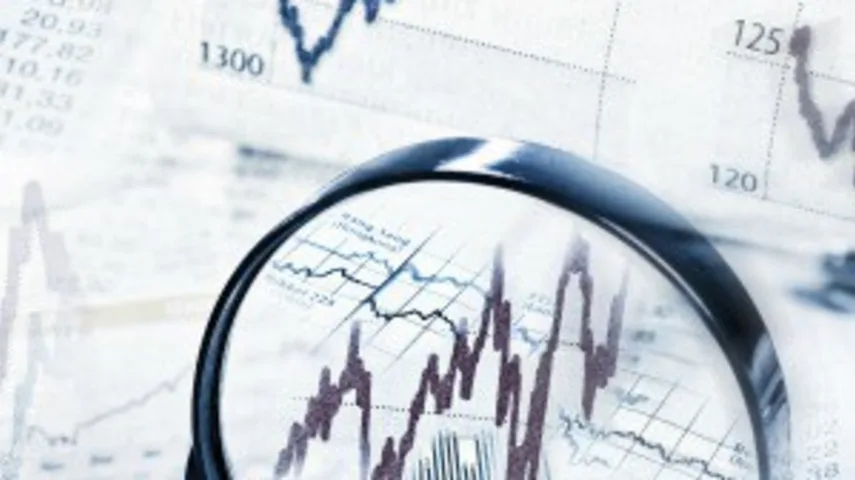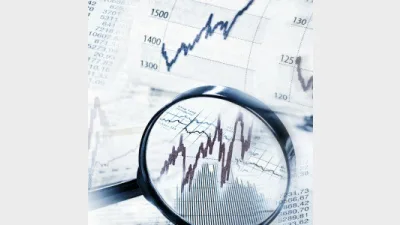Investors should look at bigger picture in credit markets



Investors will need to look at the bigger picture in credit markets as they are expected to face opportunities and challenges as global markets develop, according to Legg Mason.
According to the firm, in order to understand risk, investors should look at the below-investment grade market in its entirety by including bonds and loans within the scope of this universe.
Brian L. Kloss, portfolio manager and head of high yield, Brandywine Global, a Legg Mason affiliate investment manager, said he expected credit markets would globally continue to develop.
“Therefore, investors must continually ensure they understand the risks they are bearing,” he said.
“We think looking at the US high yield market is a good place for investors to start when evaluating risk and opportunities within global credit markets, because these trends have broader applicability.”
Also, today opportunities in debt should have a short duration profile relative to investment grade corporate credit and sovereign bonds and these would be attractive characteristics, Kloss said.
At the same time, the changing dynamics between loan and bond flows may mask risks within the world of credit, which was an important reason why both asset classes should be considered in tandem, he said.
As the US credit cycle matures, investors should be increasingly selective about opportunities. When considering credit markets outside the US, the signals remain the same: the direction of monetary policy and gross leverage for both loans and corporate bonds, Kloss said.
Recommended for you
Ausbil is growing its active ETF range with an ESG product in collaboration with sister company Candriam.
Philanthropic investment group Future Generation’s CEO, Caroline Gurney, will step down from her role at the start of next year.
The newly combined L1 Group is expectant of stabilising Platinum’s falling funds under management within the next 18 months, unveiling four growth pathways and a $330 million equity raise.
Janus Henderson Investors has launched a global small-cap fund for Australian investors, which includes a 5.4 per cent weighting to Australian equities.












